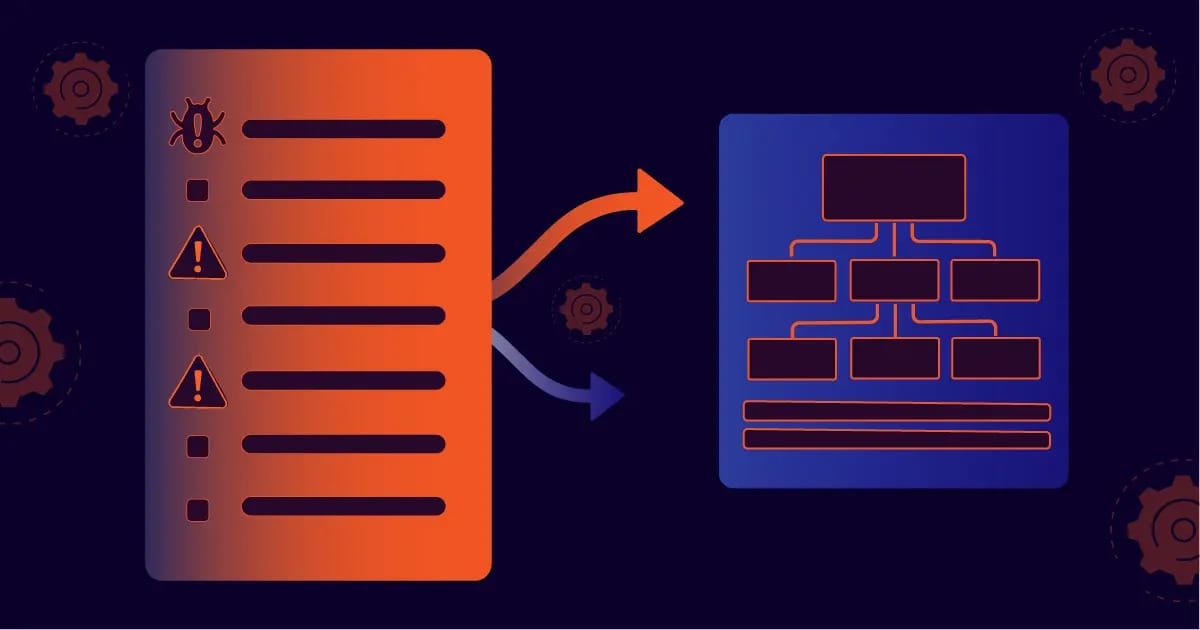- GigaElixir Gazette
- Posts
- LLMs Finally Understand Phoenix Stack
LLMs Finally Understand Phoenix Stack
Phoenix 1.8 AGENTS.md changes everything
Welcome to GigaElixir Gazette, your 5-minute digest of Elixir ecosystem news that actually matters 👋.
. WEEKLY PICKS .
🤖 AGENTS.md Fixes What Nobody Admits About AI Coding: Chris McCord buried the real breakthrough in Phoenix 1.8's release notes. Every new app ships with AGENTS.md—curated guidelines that prevent LLMs from generating broken Phoenix patterns. No more debugging malformed changesets or explaining why phx-click doesn't work inside dead views.
The magic link authentication and daisyUI integration make headlines, but AGENTS.md solves AI-assisted development's productivity crisis. Zach Daniel's usage_rules integration means your entire dependency tree contributes to LLM education, finally delivering coding assistants that understand your stack instead of hallucinating React patterns into Phoenix apps.
🗄️ Ten Years of Ruby Pain Birthed Ecto's Successor: Peter Solnica spent a decade building Ruby Object Mapper, learning what kills developer productivity. Drops.Relation transfers those lessons to Elixir—automatic schema inference eliminates manual field definitions while defquery macros compose complex database operations without changeset ceremony.
Database introspection discovers column types, constraints, and relationships automatically. Boolean query logic with native and/or operations reads like natural language instead of Ecto's pipe-heavy compositions. This is database interaction without the boilerplate tax.
🌍 Software Mansion Outplays the Conference Industrial Complex: José Valim announced Global Elixir Meetups for September 22-28, but Software Mansion's execution reveals the real story. Seven confirmed meetups with live streaming built on their own Elixir WebRTC and Membrane expertise—not vendor platforms that crash during keynotes.
Corporate conferences extract thousands for networking that happens in hallways anyway. Local meetups where you interrupt speakers with actual questions deliver more learning per hour than any $2000 Orlando ticket.
☁️ $4.99 Hetzner Servers Expose Platform-as-a-Service Robbery: The Coolify deployment tutorial documents exactly how much teams overpay for "simplicity." Hetzner's cpx11 instances—2 vCPUs, 2GB RAM, 40GB SSD—cost $4.99 monthly and handle Phoenix 1.8 apps with PostgreSQL, automatic SSL, and zero vendor lock-in.
Coolify preserves the git-push experience while maintaining infrastructure transparency. You understand what breaks because you configured it, not because you paid extra for "platform expertise" that vanishes during outages.
🤔 Phoenix Context Inadequacy Drives Ash Framework Confusion: Reddit discussions expose the architectural crisis that Phoenix's context pattern never solved. Teams ask "what does Ash replace?" because Phoenix blurred the lines between web concerns and domain modeling. Contexts promised organized business logic but delivered organized modules with no enforcement.
Ash handles authorization, validation, and resource management—responsibilities that Phoenix contexts address through documentation instead of tooling. The confusion isn't about Ash's capabilities; it's about Phoenix's identity crisis as a web framework trying to be an application architecture guide.

Stack Traces Reveal System Design, Not Just Bugs
Allan MacGregor's debugging guide challenges the hunt-and-fix mentality that treats stack traces like error reports. The BEAM VM's process isolation means each trace tells a complete execution story—function calls, message passing patterns, and supervision tree interactions that reveal architectural decisions more than implementation bugs.
GenServer.handle_call/3 entries in your stack trace indicate synchronous communication patterns that might need asynchronous alternatives. Protocol dispatch failures suggest type system mismatches that changesets can't fix. Process links show supervision relationships that matter for recovery strategies, not just error logging.
Most debugging sessions start with IEx.pry or dbg/2 without reading the narrative first. The stack trace already identified the execution path that failed—interactive tools should test hypotheses about why that path was taken, not randomly inspect variables hoping for insight.
The key insight: stack traces document the journey between your design intentions and runtime reality. They're architectural feedback, not just debugging data.
Remember, for narrative-driven debugging:
Map the execution story first – understand the call sequence before diving into state inspection
Identify decision points – focus on your application's branching logic, not library internals
Trace supervision boundaries – each process crash affects specific restart strategies
Question the architecture – recurring patterns in stack traces suggest design problems, not implementation bugs
. TIRED OF DEVOPS HEADACHES? .
Deploy your next Elixir app hassle-free with Gigalixir and focus more on coding, less on ops.
We're specifically designed to support all the features that make Elixir special, so you can keep building amazing things without becoming a DevOps expert.
See you next week,
Michael
P.S. Forward this to a friend who loves Elixir as much as you do 💜